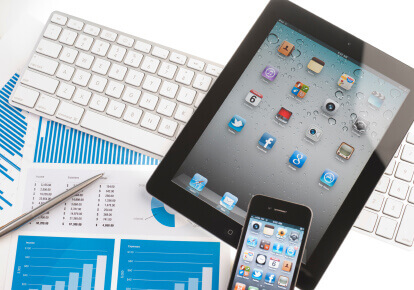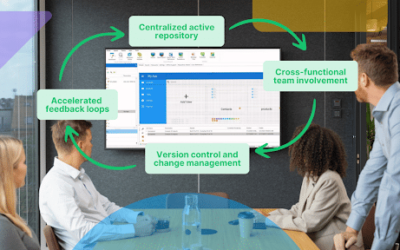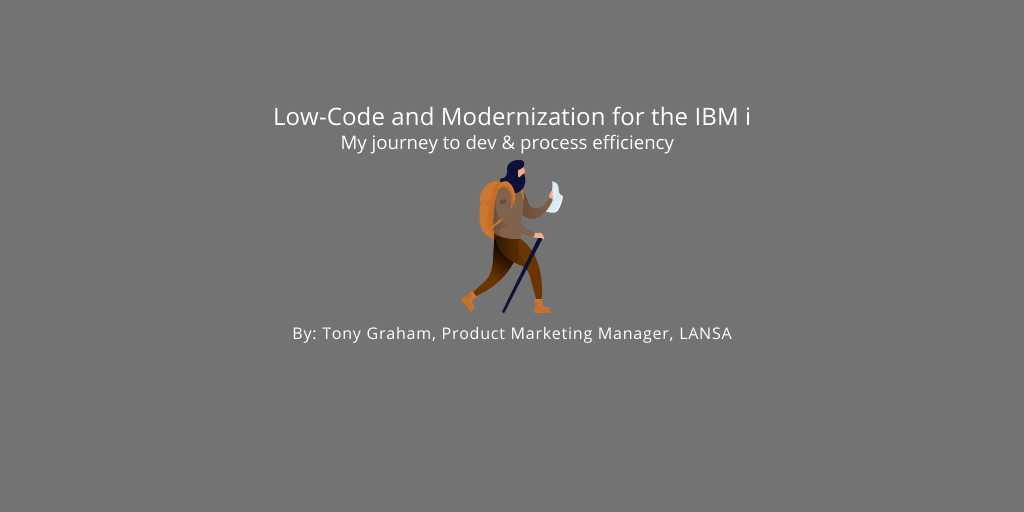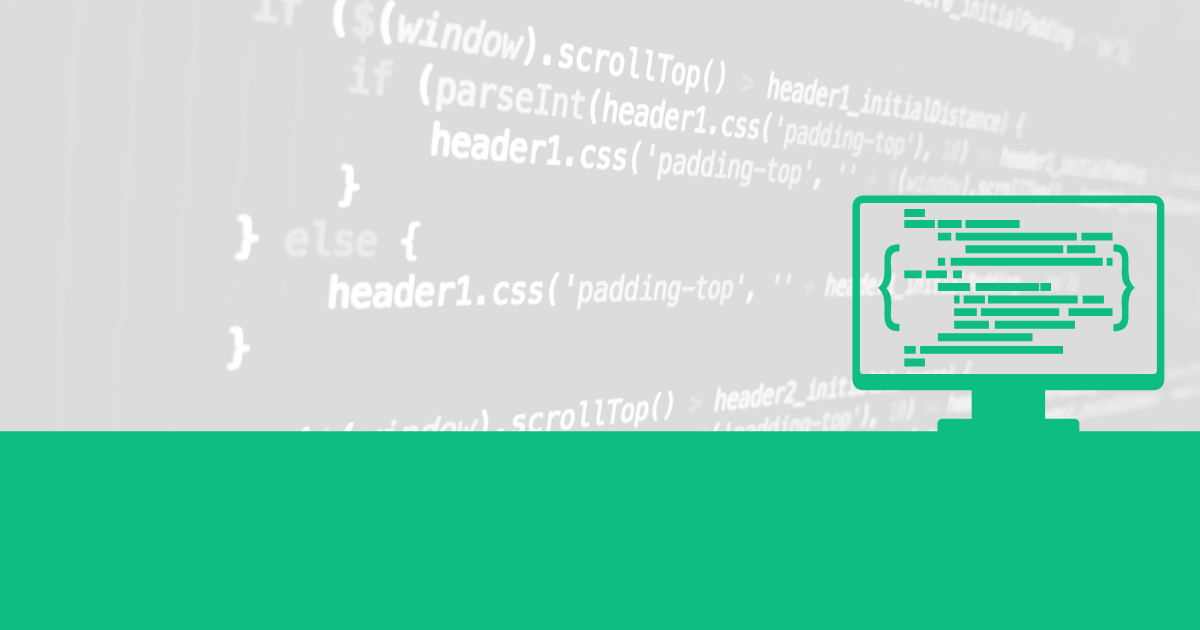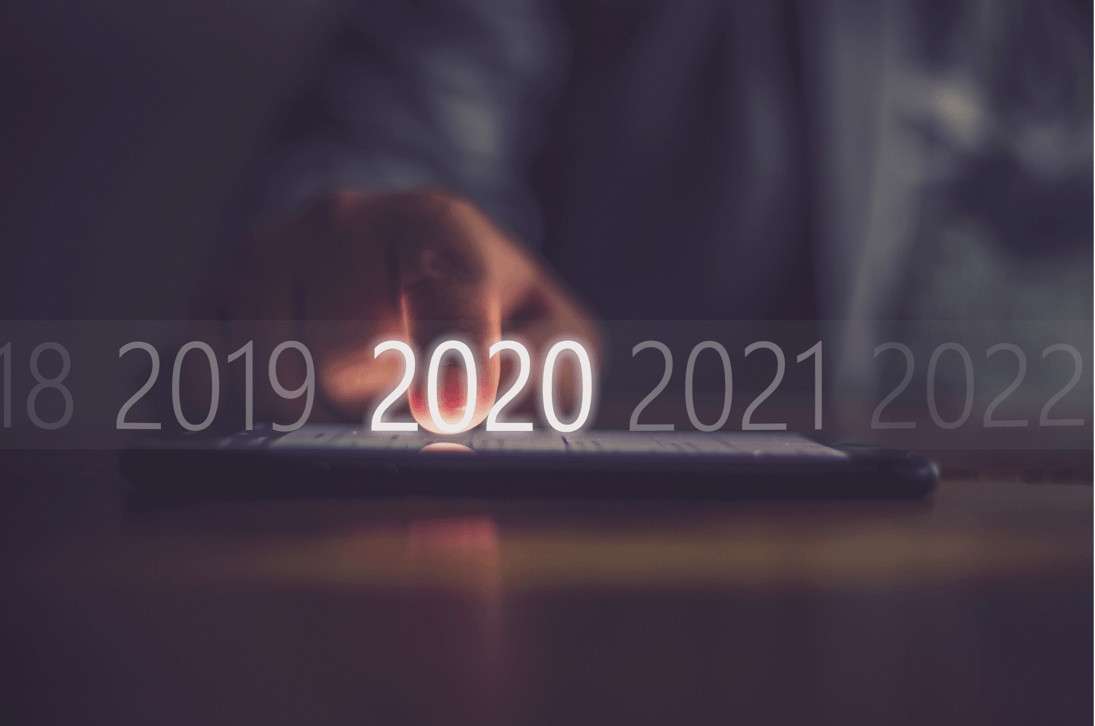Using Mobile Devices for Business
The growing use of mobile devices has brought a new paradigm to software application design and development and also forced companies to discover new ways to publish and distribute information to employees and customers.
The evolution of mobile devices has two effects. Firstly, it changes the way developers understand what constitutes an application. Developers skilled in building enterprise applications for mainframe and midrange servers need to adopt new design patterns, principles and tools to develop apps for mobile devices. Secondly, it offers opportunities for companies to optimise and enhance business processes. Mobile devices are personal and users are enthusiastic about using the devices. Companies can make use of this positive attitude by designing mobile apps that provide information from line-of-business applications, performing discrete business transactions and presenting information targeted to the needs of individual employees and customers.
The Evolution of Business Applications
Many years ago, applications were collections of software modules that resided on a mainframe or midrange computer. The database resided on the server and the applications processed the data and business logic on the server. Usually only employees had access to these applications via a terminal or emulation software installed on a desktop computer.
With the proliferation of desktop computers, local and distributed applications (client/server) became practical. Applications were installed on many desktop and laptop devices. The database resided on a central server (or sometimes on the desktop device) and the applications processed data and business logic on the device. Employees used these applications by installing a copy of the application on a desktop computer or connecting to a server-based copy of the application.
When the Internet became available to business, the application architecture transformed into multiple tiers spread across many servers. Different tiers manage the database, business logic and presentation components of an application. Anyone who has a browser can use a web application. This style of application widens the audience from employees to customers, partners and suppliers.
Native mobile apps are more like mainframe apps in that the mobile device is responsible for all tiers of the application with data on the mobile device and/or on a server. The operator of a mobile device is the only user of the application and the native app can be installed on many mobile devices. Developers who work with mainframe and midrange computers must remember that screens are smaller, the devices operate on a limited power supply, storage capacity is limited and human interaction is touch. Mobile devices have additional capabilities including cameras, location awareness and gyroscopes. Mobile applications can be browser-based, native to the mobile device, or a hybrid of both. Native applications written for mobile devices use different development languages and the device constraints require different application design.
Native apps are closer to the hardware than web or hybrid apps and this makes it is easier for developers to build apps that run faster and have a rich graphical user interface. There will always be a debate about the merits of native, web, or hybrid apps for mobile devices but, for web and hybrid apps, developers are dependent on the browser suppliers for the capabilities of the user interface and access to device hardware. Generally, native apps will provide the best user experience.
Mobile devices extend the definition of an application so that a system of the future, such as an ERP system, will include server-based components, data residing on database servers, data on mobile devices – with servers and mobile device software managing business logic.
Learn how you can use mainframe systems to run business-critical workloads in this article about IBM mainframe modernization.
How to Decide What Mobile Apps Will Do
What business processes are the most appropriate candidates for native mobile device apps?
It is unlikely that an ERP system will become a native mobile app but developers can build apps for specific business transactions that are components of large systems like an ERP system. What are these apps? And how do you decide which business processes are suitable for use on mobile devices?
Some people will argue that anything developers can build as a mobile app can alternatively be delivered from a web application via a browser. That is a reasonable point of view. It is possible to build user interfaces in web applications that detect the screen size and present a user interface appropriate for the device. In this case, developers must design and build a user interface for each device the application must support. Therefore, the user interface may not be the best criteria for choosing business processes for mobile apps.
Due to their small screen real estate, SmartPhones are not suited for normal working day business processes where employees create documents and/or enter data into line-of-business applications. Tablets are larger and the extra screen space makes it easier to perform these activities. Of course, those who are experts with mobile devices will argue that they no longer need desktop or laptop devices. Perhaps the size of the device and preferred working habits are not criteria that limit what you can do with mobile apps.
So how do you choose? Most companies certainly don’t build mobile apps just because it’s the fashionable thing to do. Software is a tool to help companies make and distribute products and/or provide services more efficiently. Therefore, the question is what business processes on a mobile device will make manufacturing, service provision, selling and distribution less expensive and/or more productive?
The business processes best suited for mobile apps will vary across industries. One example of such a business process is a stock take. Tablets can scan barcodes, are easily portable and can communicate in real-time with a server. A stocktaking app on a tablet can replace dedicated stock take devices and/or manual processes. Replacing a broken tablet is easier than replacing a dedicated device. A tablet is a generic device that can support multiple mobile apps. Warehouse employees can use a tablet for performing the stock take, lodging a leave request, accessing the company bulletin board and lots of other activities.
We have a list of the most common and frequently observed reasons why organizations face IBM failures and how they can avoid them.
Perhaps the best advice is to choose narrow portions of a line-of-business application’s functionality that are discrete business transactions that customers or employees can access from mobile devices. Users can access information whenever they wish from wherever they are. Examples of this type of business process are:
- Order inquiry – open orders, closed orders, delivery status, stock item availability, pricing and discounts
- Purchase orders – create purchase order, review purchase orders awaiting approval, add comments and instructions, approve/reject PO
- Business intelligence inquiries based on real-time data
- Expense claims – enter expenses, send for approval, manager approval
- Employee time sheets
- Requisitions – provide self-service requisitions to mobile workers, allowing them to enter a requisition and monitor its progress through the approval and fulfilment cycle from a mobile device – without the need to return to the office
These apps focus on a narrow set of requirements to provide quick answers to everyday business questions.
The mobile revolution is here and it’s time to start thinking about how it can be integrated into the day-to-day operations of most businesses.
What business processes do you think are suited to mobile apps and what are the criteria you use to define suitability?
Explore more information about the advantages of deploying an IBM 5250 terminal.


